Discover our e-shop and access a digital catalogue of over 40.000 design products.
Go to shop11 December 2024
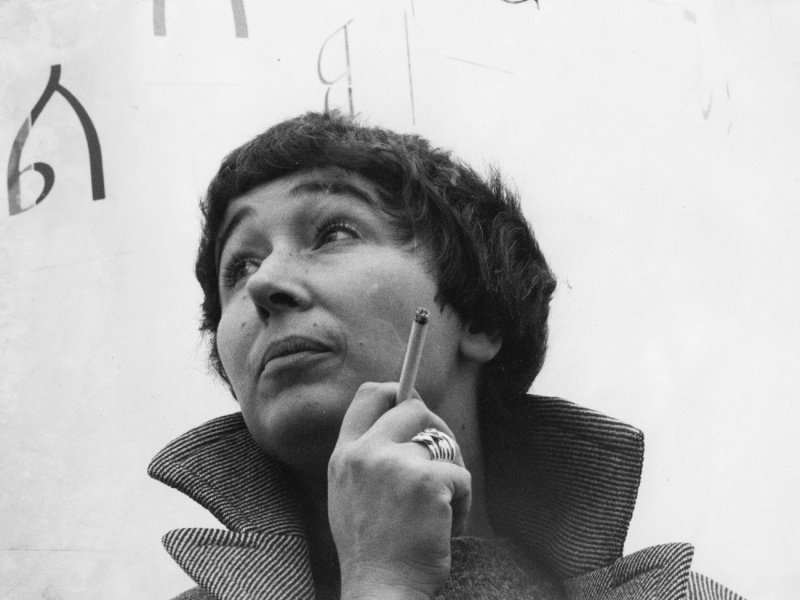
The Triennale di Milano dedicates a retrospective to the architect with segments of her works made in life-size.
In this part of 2024 and until January 12, it is worth visiting the exhibition “Gae Aulenti (1927 – 2012)” hosted by the Triennale Milano and created in collaboration with the Archivio Gae Aulenti, curated by Giovanni Agosti with Nina Artioli, director of the Archivio Gae Aulenti, and Nina Bassoli, curator for Architecture, urban regeneration and city of the Triennale.
The Tspoon studio that curated the exhibition design succeeded in the extraordinary intent of making an immersive exhibition on architecture since some of the most significant projects of Aulenti’s career have been reconstructed on a 1:1 scale in the rooms.
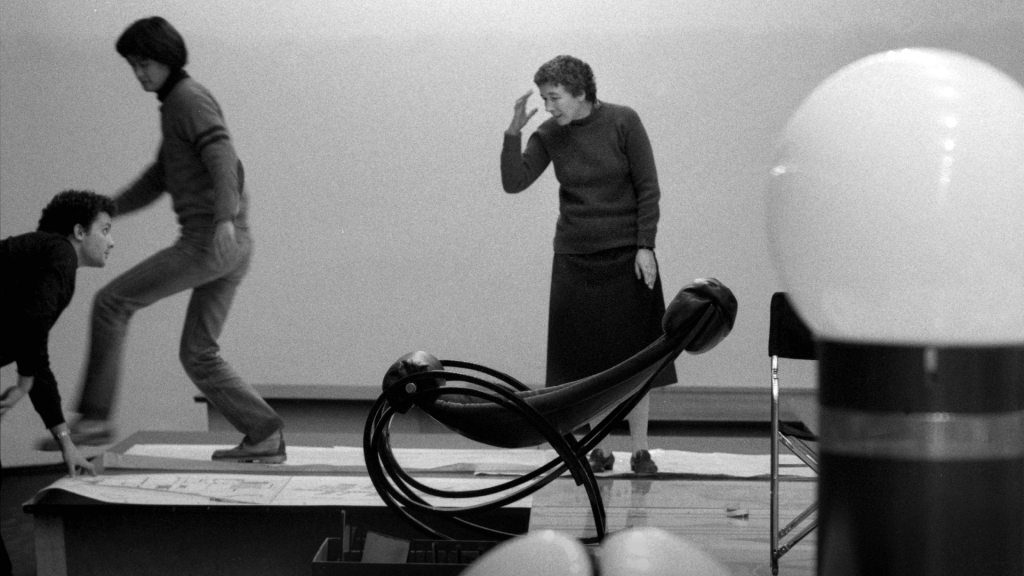
One of them is the Musée d’Orsay where the architect worked on the transformation of a train station to make it one of the most famous museums in the world. As well as L’arrivo al mare, an installation she created for the 1964 Triennale Exhibition, which ideally returns to her first home. The San Francesco airport in Perugia is also recreated in life-size and each creation is in dialogue with drawings, projects, prototypes and period photographs.
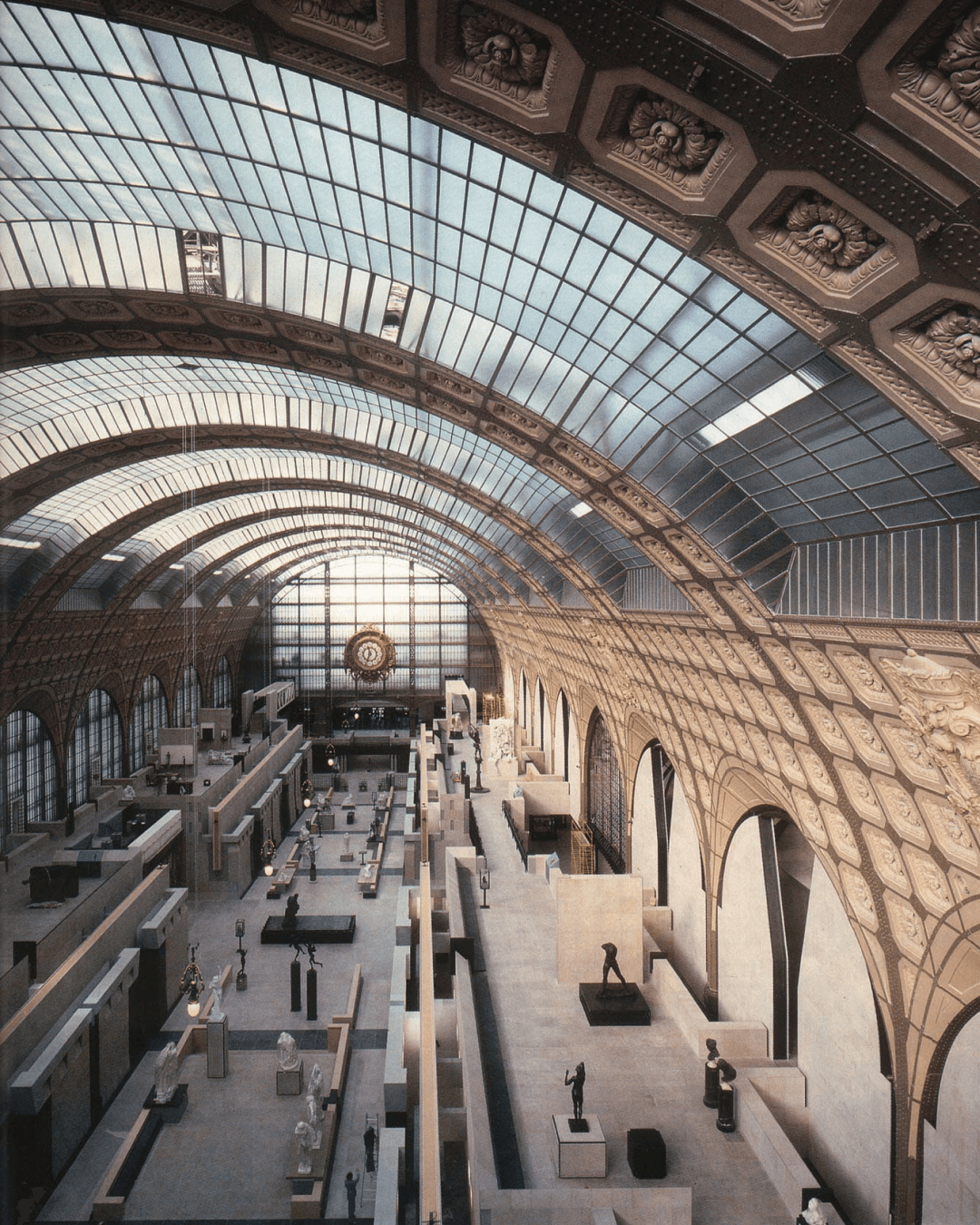

The exhibition is a journey through Aulenti’s architecture and design, two aspects between which the architect loved to establish a dialogue. For her interior designs, the starting point was the urban environment in which the space was inserted and there was always coherence between the exterior and the interior. This is also due to her education: born in Friuli to a father from Puglia and a mother from Naples, she graduated in architecture at the Polytechnic of Milan in 1953, and worked closely with Ernesto Nathan Rogers, both at the Casabella editorial office and at the University.

In the 1960s she designed the Pipistrello lamp for the Olivetti showroom in Paris and then, for the same company, the headquarters in Buenos Aires. Her name began to circulate and, in those years, the Agnelli family asked her to renovate their apartment in the Brera area. In 1972 she was one of the few women to participate in the famous exhibition at the MoMa in New York “Italian: the new Domestic Landscape” dedicated to the Italian design scene.
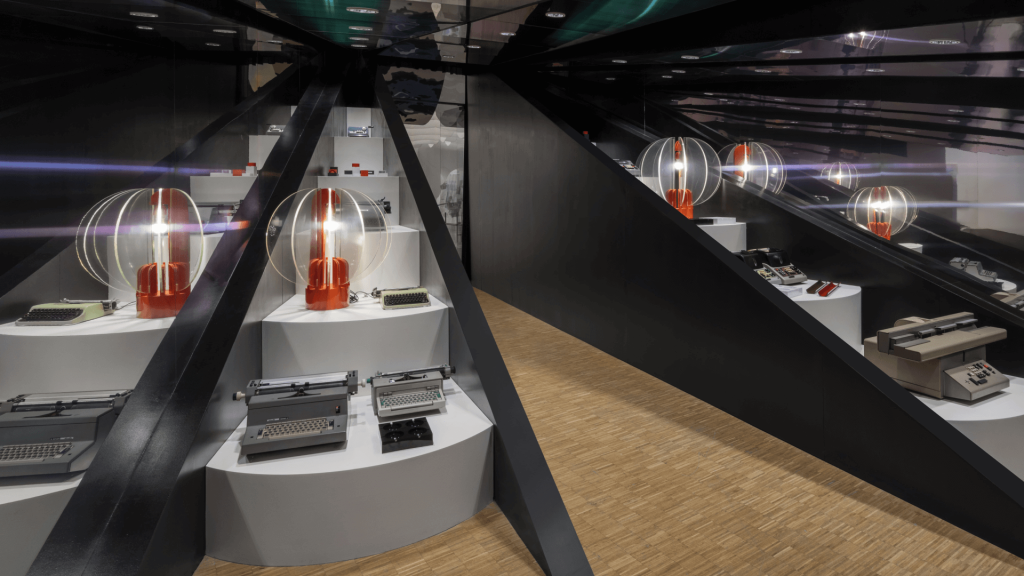
The exhibition at the Triennale di Milano also offered space for her design, for those projects that still make the difference today. First, the Pipistrello lamp, now produced by Martinelli Luce: a table and floor lamp, owes its name to the shape that evokes the unfolding of a bat’s wings. Its line is a refined encounter between the art deco style and the 1960s and is a small but significant illuminating architecture. For Martinelli Luce she designed the Ruspa table lamp too.
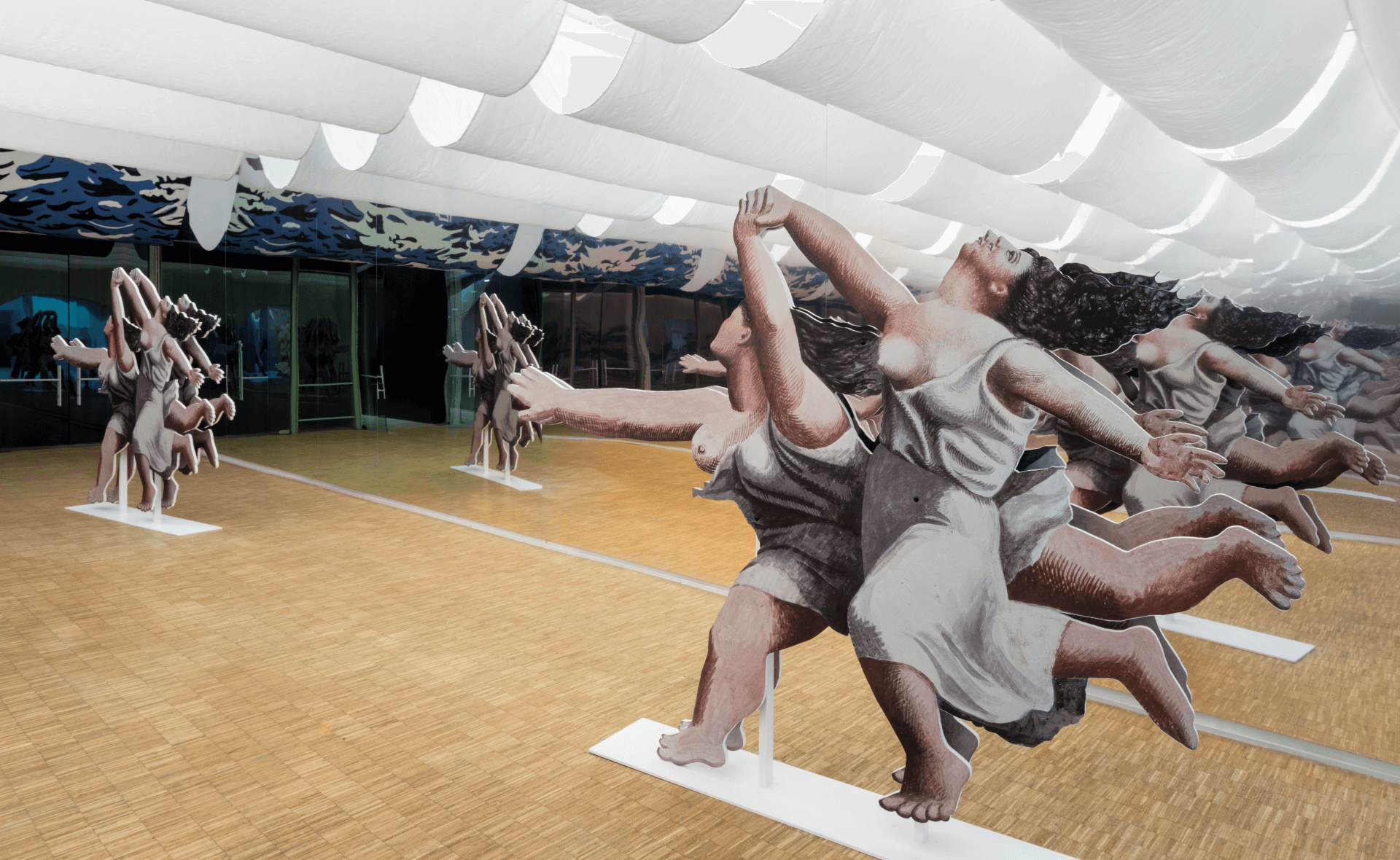
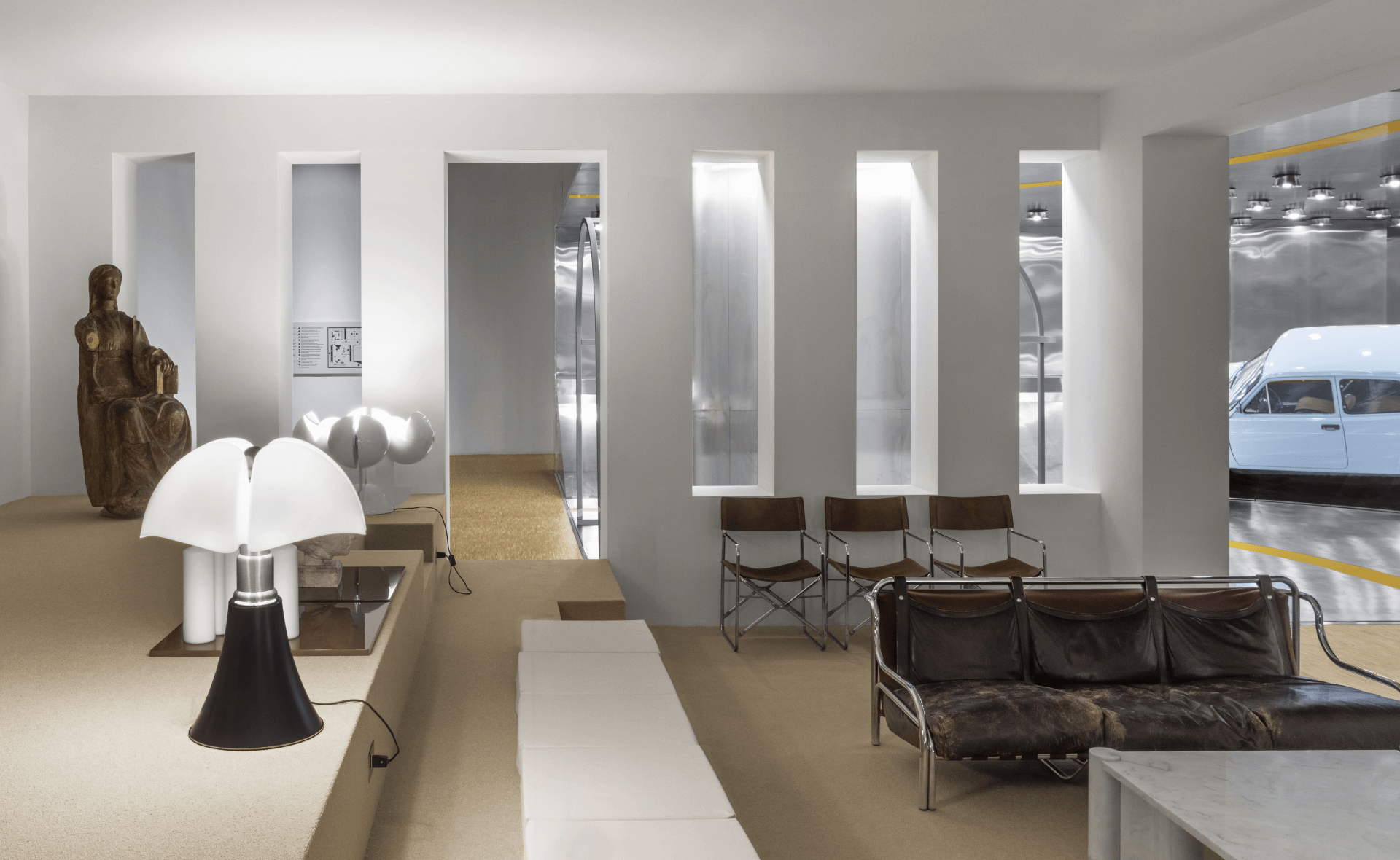
In 1979 he became artistic director of FontanaArte, where he designed Tour Tavolo con ruote, in which a glass top rests unexpectedly on four bicycle wheels, totally anticipating the industrial style that is in fashion today.
For the same company he also designed the Giova, Parola and Parolona lamps, still in production today. As well as the Locus outdoor collection for Exteta, designed in 1964 and still more relevant than ever. The architectural profile also emerges in the lamps and furnishings, the passion for urban structures and for the use of materials that combines functionality and beauty, a beauty that is never frivolous but always interesting.